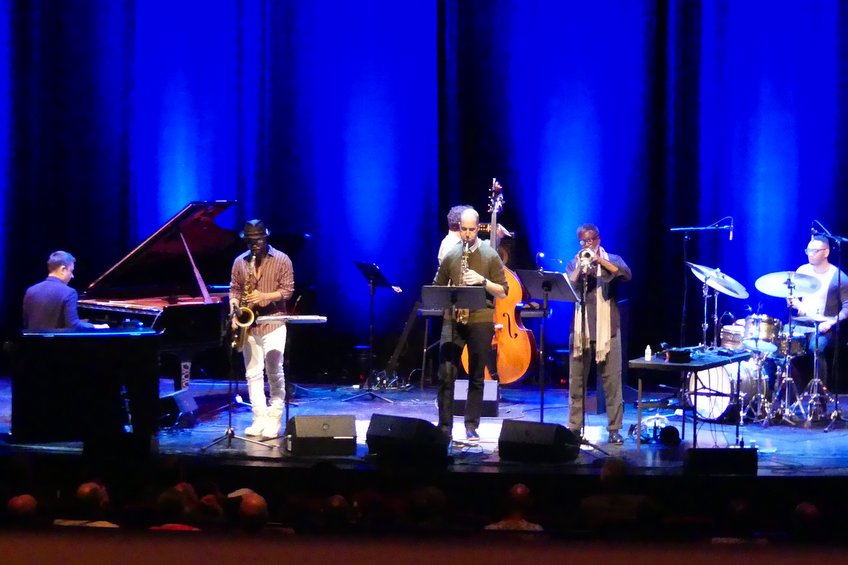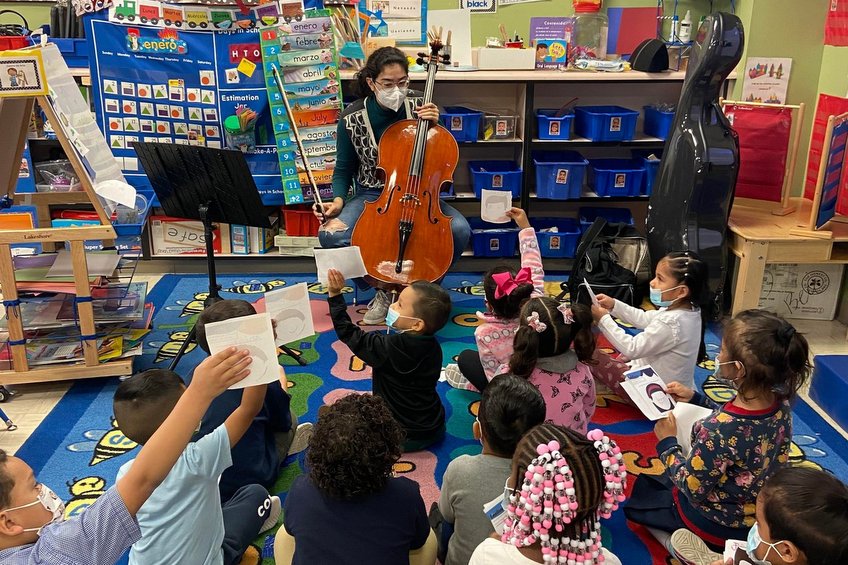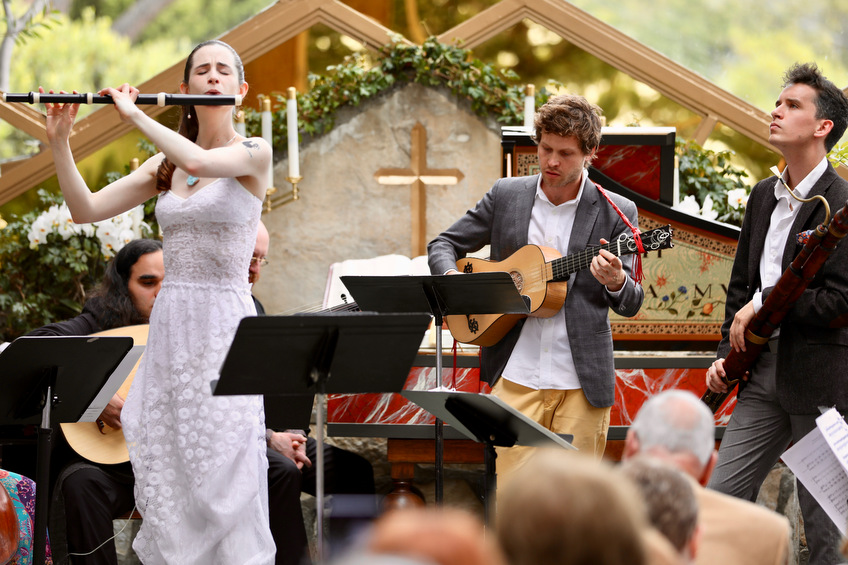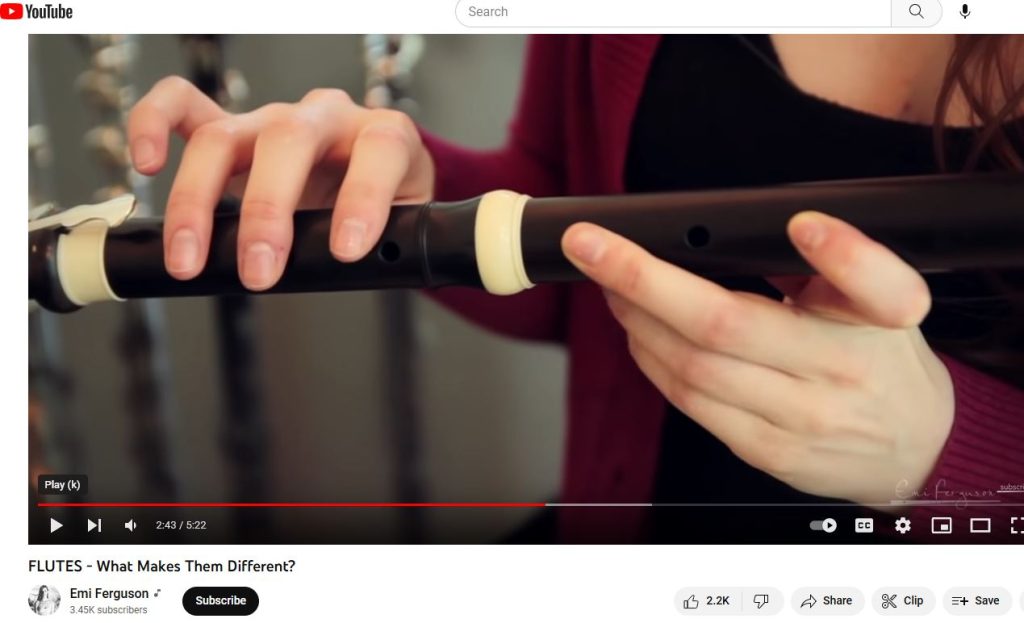Instruments that were either built centuries ago, during the Renaissance or Baroque periods, or are replicas of those older instruments. Learn all about it and then get your tickets for Fly the Coop, Ruckus and Emi Ferguson’s fizzing Bach celebration.
Baroque Lute
Descended from the Arab oud, the lute is a European plucked string instrument — really, a family of instruments in the various registers of soprano, alto, tenor and so on.
What’s referred to as the lute today is an instrument similar in size to a guitar, with a pear-shaped body and up to 14 pairs of strings. It has a sweet, intimate, resonant sound.
Fun fact: Similar in status to the piano throughout the 19th century, the lute was immensely popular both at home and at court.
Harpsichord
Strings within the body of this keyboard instrument are plucked, rather than struck, making the harpsichord almost more akin to a lute than to its modern-day descendent, the piano.
To modern ears, the instrument may at times sound toy-like, but this sweet, simple, straightforward sound was lauded in the Baroque era for its delicate and intimate aesthetic.
Fun Fact: You may notice that the white and black keys are reversed on the harpsichord, with the white keys, not the black, representing the sharps and flats.
Baroque Bassoon
With just four keys climbing the outside of the instrument, the wooden Baroque bassoon offers a far less obstructed aesthetic appreciation of the body of the instrument than is its modern, metal descendant.
During the Baroque era, the rustic sounding lower register of the Baroque bassoon was used liberally in continuo sections, while the tenor register was widely appreciated for its lyrical, plaintive, even elegant sound, thereby demonstrating the instrument’s remarkable versatility.
Baroque Flute
Similar to the evolution of the bassoon, the flute too evolved from an earlier wood precursor with minimal “scaffolding” on the outside to the more complex metal instrument we know today.
The Baroque flute has six finger holes, for which players employ a fingering system that is wholly distinct from the way in which modern flutes are sounded.







